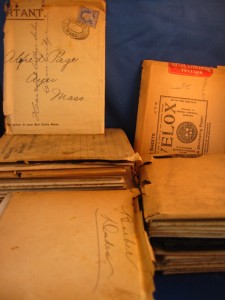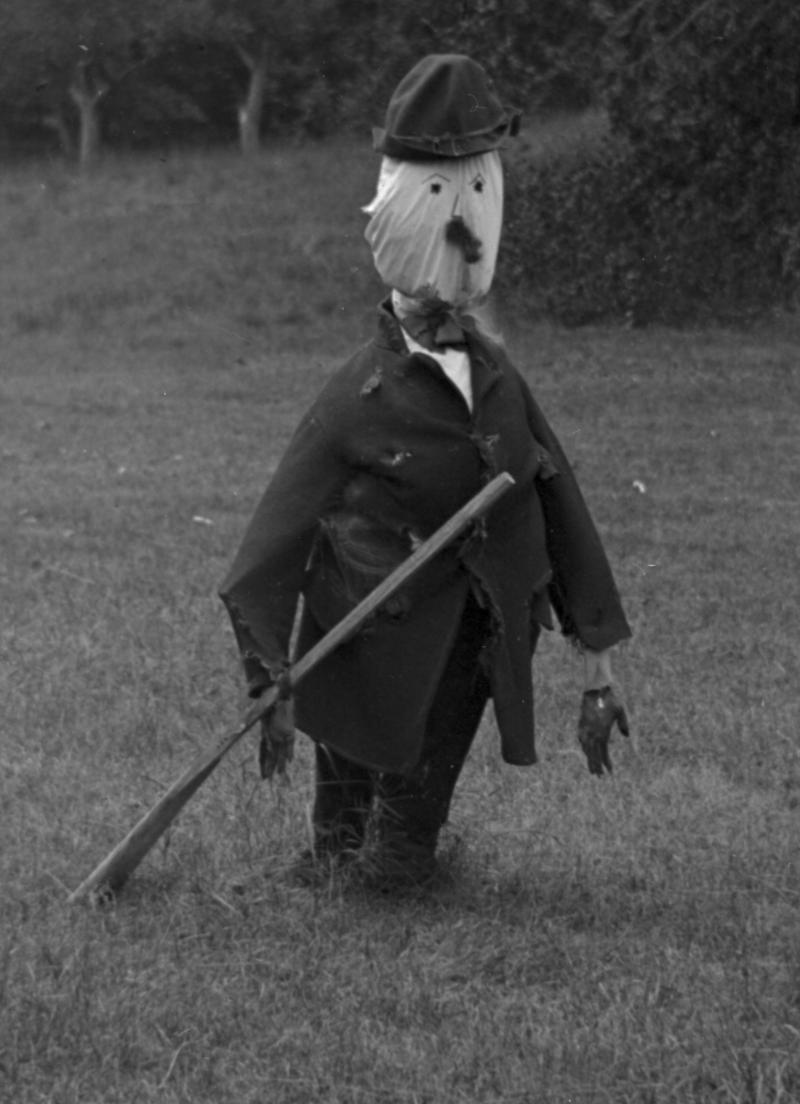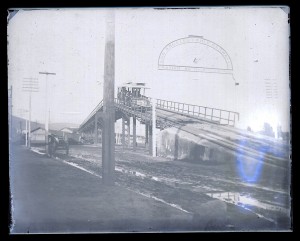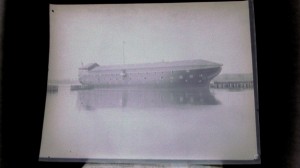We are currently listing a significant collection of dry mount glass plate photographs from the late 1800’s on eBay.
The “Alfred Page/Clara Ella Page/Edward A Richardson Family” Collection
Early United States 1880 – 1898
Incredible! We are currently in the process of listing an “original owner” collection over 450 glass plate negatives and approximately 300 “film” type negatives. These photos were clearly all taken by the same family and/or person from approximately 1880 to 1907. While the actual photographer is currently unknown, they are related to the Page and Richardson families from Ayer, Massachuetts – this gleaned from the fact there are several mentions of Alfred Page, Alfred Page Jr. and E. A Richardson and other family members on the envelopes themselves and one envelope is addressed to the same. As Alfred Page was born on 12/28/1817 in Lunenburg, Massachusetts and died on March 24th, 1892 Ayer, Massachusetts), we believe a photo was mailed to him at home and that he is not, in fact, the photographer and instead the photos were more likely taken by Alfred’s son-in-law E. A. Richardson (1859-1919) and his daughter Clara Ella Page (1866-1940) as they do feature prominently in some of the photos and related text.
About Alfred Page
Alfred Page, son of Eli Page, was educated in the public schools, and as early as 1843 engaged in business in partnership with his brother Thomas Page as contractors and builders, and the firm continued a large and flourishing business until its existence was terminated by the death of his brother in 1873. This might explain the photographers interest in nice examples of architecture and homes seemingly randomly shot while touring around the country. Their building firm had the contract for most of the important buildings in their day, and in Ayer alone they built 25 residences for various persons and several large manufacturing plants. They had contracts in Ayer, Groton and other towns of the vicinity. They bought the mill of their father and there was scarcely an industry or any kind of business in the town of Ayer in which Mr. Page and his brother were not interested financially. The brothers amassed large fortunes for that day and preserved unquestioned credit and exerted a large and helpful influence in the building up of the industries of that area. Mr. Alfred Page (who one of the negatives is addressed to with postage) had the homestead and resided there until 1871, when he moved to Shirley. In 1874 he went to Ayer, Massachusetts to live. He took an active part in public affairs, and was honored by his townsmen with many positions of trust and honor. From 1858 to 1870 he was almost continuously in public office in the town of Shirley. He served on the board of selectmen during the civil war. He was a member of the first board of assessors in Ayer, and served many years on the board of selectmen. He was aleways interested in the welfare and devlopment of the town in which he lived, and co-operated in every movement to advance its interests either in amaterial or moral way. He was active in the anti-slavery movement, a staunch supporter of the temperance movement, and always a friend of social progress and reform, a strong, wholesome influence in the community. The buildings on the town farm were erected by mr. Page and presented to the town for a home for the poor and needy. In religion he was a Unitarian, and in politics a Democrat. (Some information gleaned from “Historic Homes and Places and Genealogical and Personal Memoirs Relating to the families of Middlesex County, Massachusetts” by William Richard Cutter, 1908 Lewis Historical Publishing Company
Alfred Page married, December 29th, 1862, Sally Maria Felt, born in Stow, Massachusetts, daughter of John and Huldah Hobart (Constant) Felt, of Jaffrey, New Hampshire. His wife died March 25, 1986. He died March 24, 1892.
95% of the negatives are labeled by the photographer, and there are several envelopes which are in fact railroad schedules from the same time period, folded inside out and turned into envelopes to serve storage and labeling purposes. It is clear the photographer used the recently finished coast to coast rail system to tour the country and made do with whatever materials were at their disposal. Lucky for us they brought along their camera for the trip. Below is a photo of part of the collection along with some examples.



